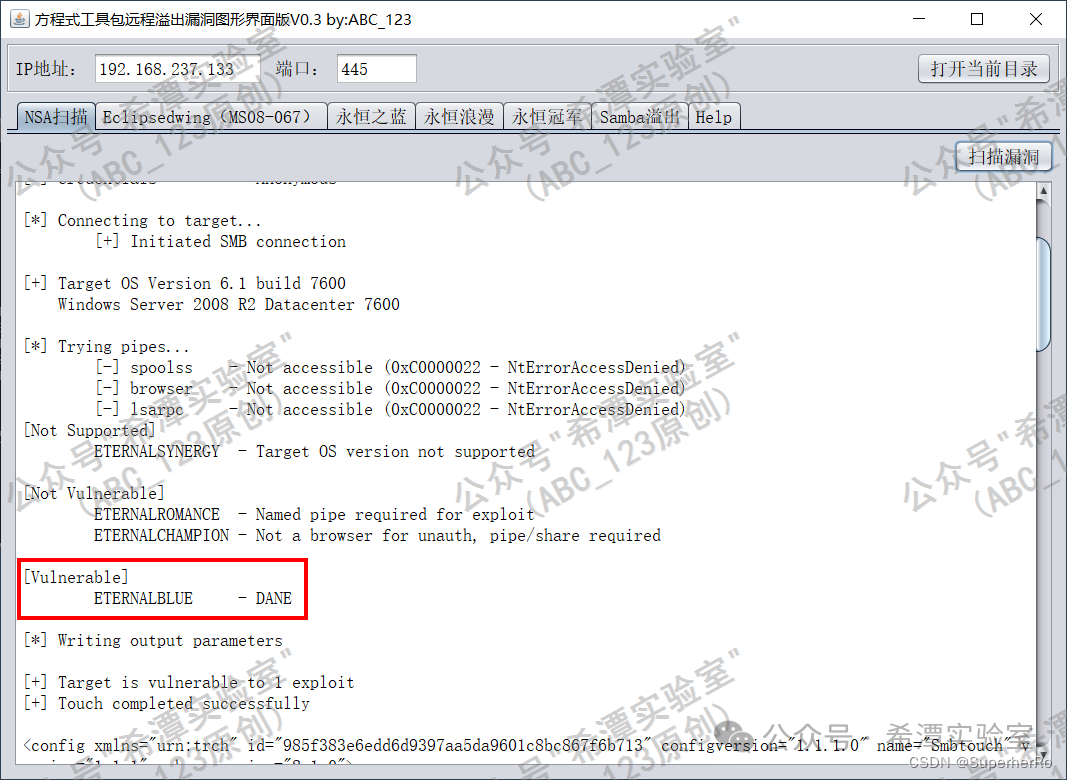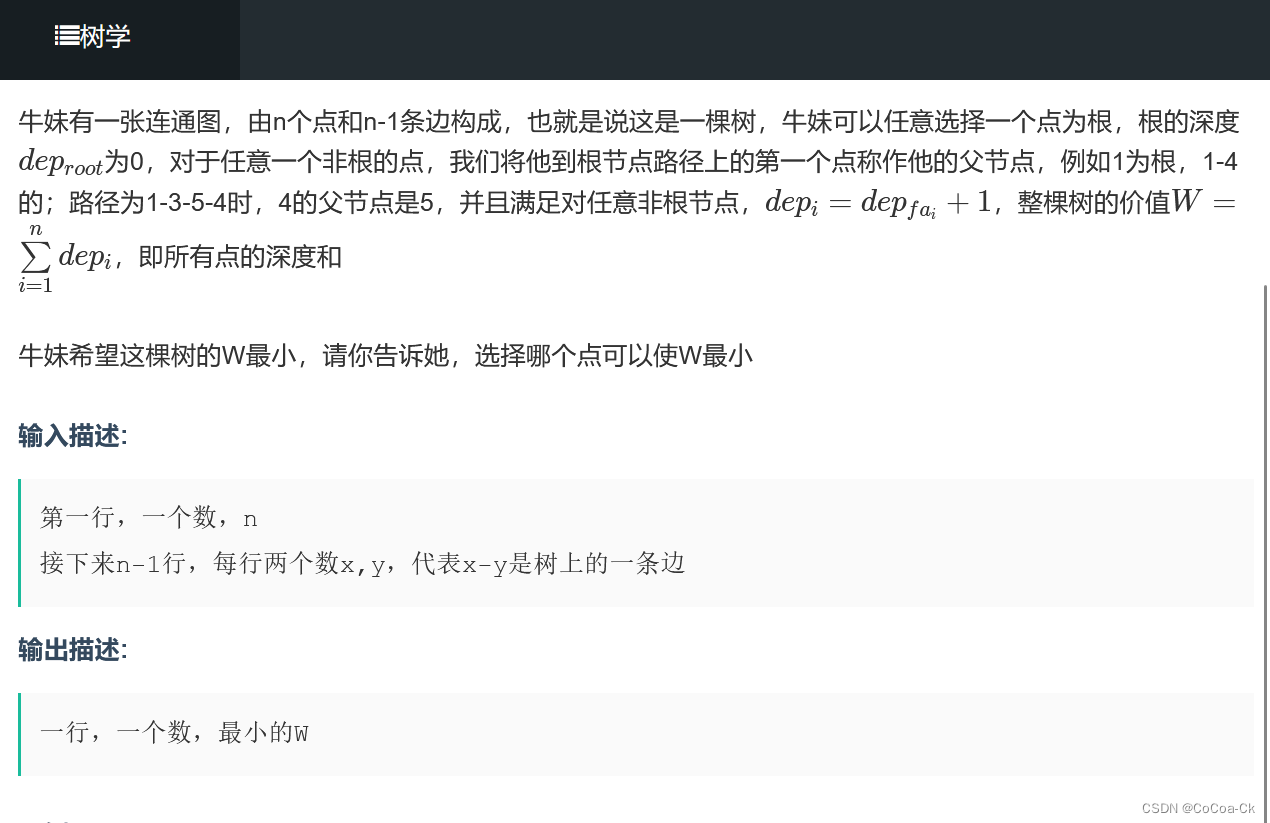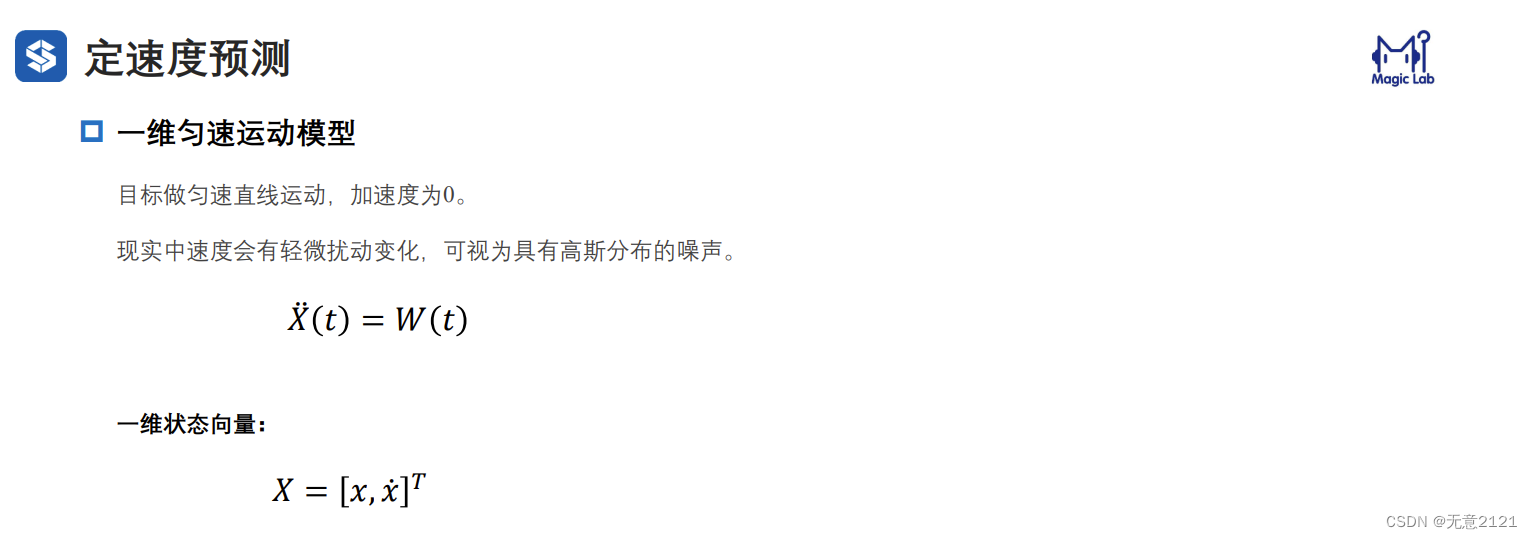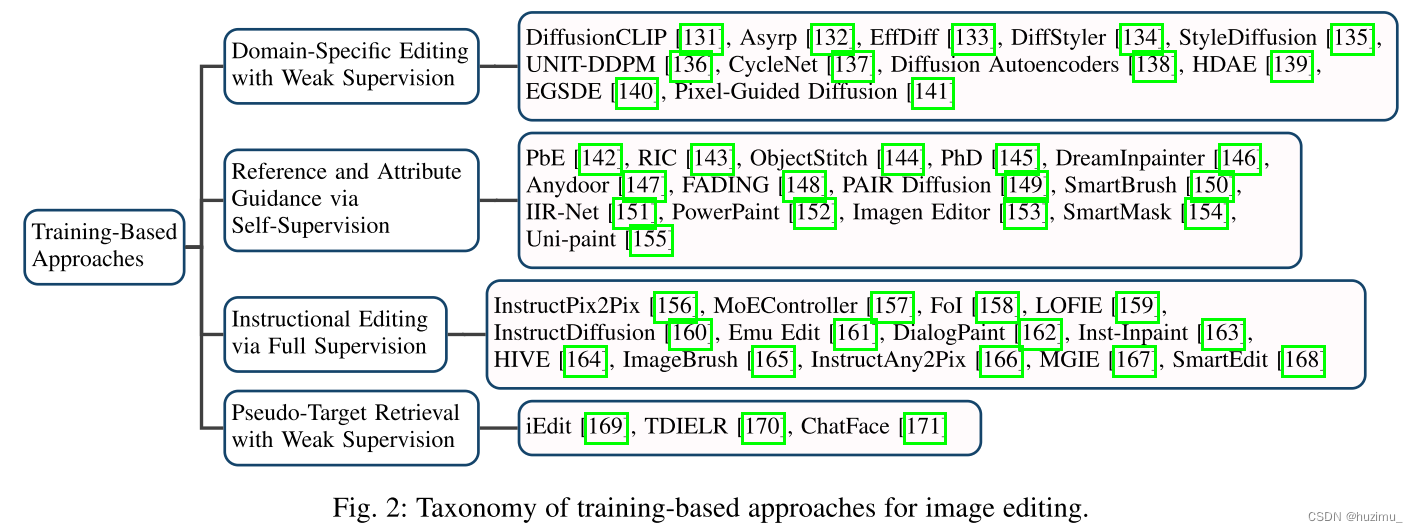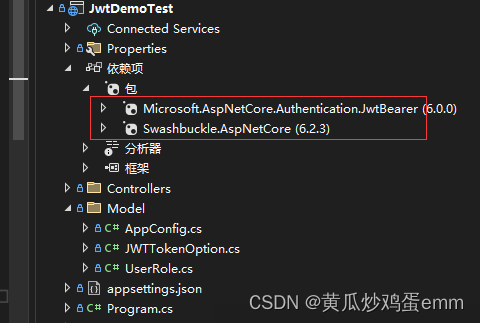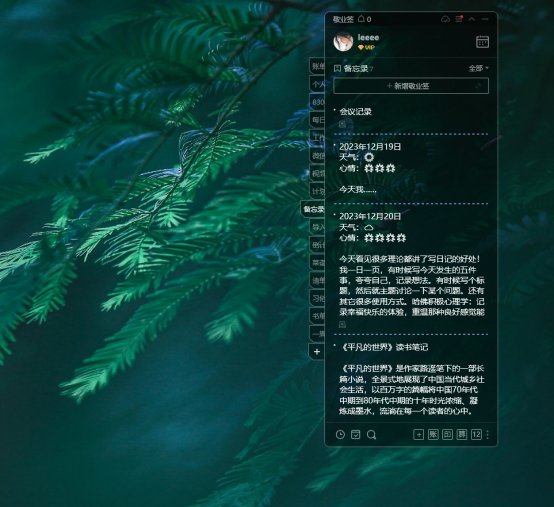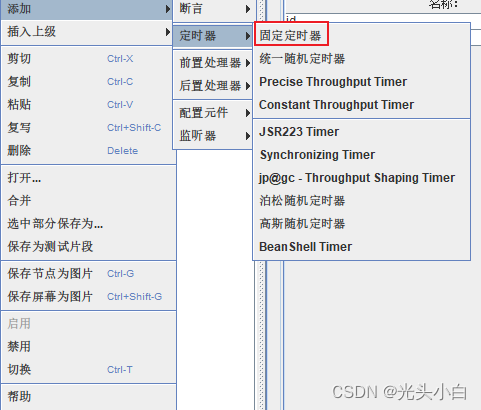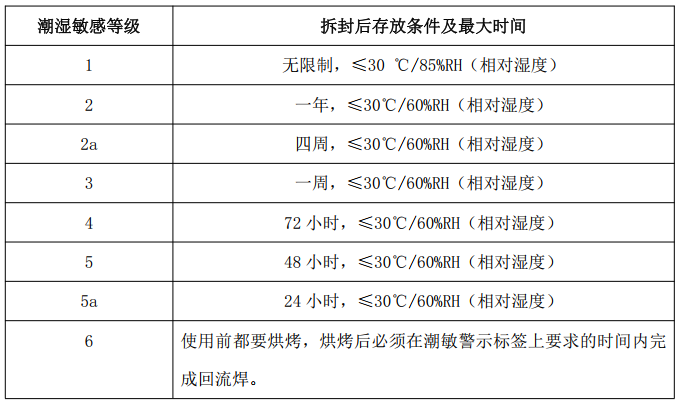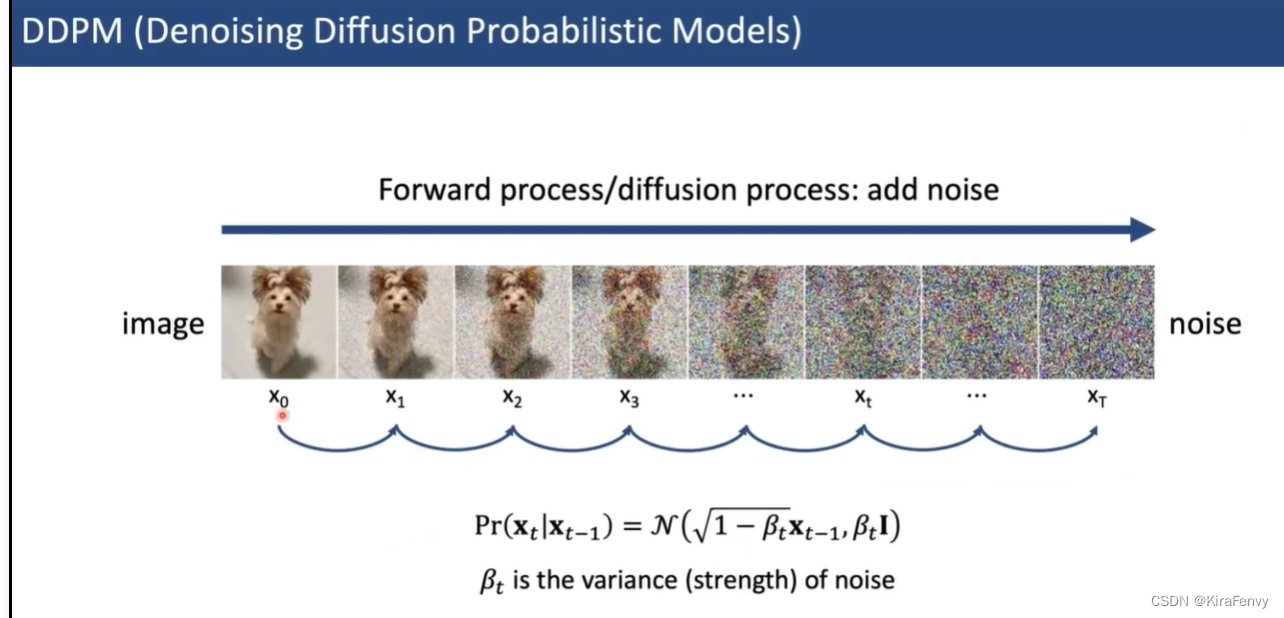目录
总说链表难,但我感觉只要认真听讲,再加上自己敲敲代码,也不是很难,毕竟后面还有更难的算法 哈哈
顺序表
想要了解什么是链表,我们要先知道什么是顺序表
线性表(linear list)是n个具有相同特性的数据元素的有限序列。 线性表是一种在实际中广泛使用的数据结 构,常见的线性表:顺序表、链表、栈、队列、字符串...
线性表在逻辑上是线性结构,也就说是连续的一条直线。但是在物理结构上并不一定是连续的,线性表在物 理上存储时,通常以数组和链式结构的形式存储

这一点在通讯录的实现给出了充足的运用,然后向更深的探索,也就慢慢产生了链表
链表
概念:链表是一种物理存储结构上非连续、非顺序的存储结构,数据元素的逻辑顺序是通过链表中的指针链 接次序实现的 。
这就好比火车一样,每个车间都装着东西,然而车间与车间之间并不是向顺序表一样直接加加向后,而是每个车间是通过中间车钩连接起来的,

在数据结构上的链表也是同样道理,在一个结构体内,有一部分装着必要的信息,而另一部分又有指针,该指针存放着下一个结构体的地址,使得两个结构体如果火车一样连接在一起;
文字表示固然不清楚,我们展示图形:

此处只展示单链表,单链表会的话,双链表也是同样道理,可以自己实现
需要注意的
我们的链表最后一个节点的指针部分,必须存放的是NULL这里我们需要自己写代码让其为NULL要不然没有这一步,我们不知道结束的判断是什么
链表的优势
这里是摘自别人的博客
人家写的比我写的详细多了,还讲解了双链表,值得学习

链表是通过节点把离散的数据链接成一个表,通过对节点的插入和删除操作从而实现 对数据的存取。而数组是通过开辟一段连续的内存来存储数据,这是数组和链表最大的区 别。数组的每个成员对应链表的节点,成员和节点的数据类型可以是标准的 C 类型或者是 用户自定义的结构体。数组有起始地址和结束地址,而链表是一个圈,没有头和尾之分, 但是为了方便节点的插入和删除操作会人为的规定一个根节点。
————————————————
版权声明:本文为博主原创文章,遵循 CC 4.0 BY-SA 版权协议,转载请附上原文出处链接和本声明。
原文链接:https://blog.csdn.net/qq_61672347/article/details/125701955
单链表的实现
1.单链表的准备
我们先写出需要用到的头文件
#include <stdio.h>
#include <string.h>
#include<malloc.h>
#include<stdlib.h>
#include<assert.h>
#include<errno.h>
typedef int SLDataType;这里的重命名是为了方便以后修改
2.单链表的结构体的创建
一部分存放需要存的信息,一部分为指针存放下一个结构体的地址
typedef int SLDataType;
typedef struct SLList
{
SLDataType x;
struct SLList* next;
}SL;3.单链表的准备
int main()
{
SL* SLList=NULL;
return 0;
}4.前插
前插需要考虑的就是如果单链表本来就没有节点
大致图:

需要注意的是我们传的是指针的地址,我们需要用二级指针接收,才可以改变一级指针指向的内容
SLPushFront(&SLList, 5);
void SLPushFront(SL** pphead, SLDataType x)
{
assert(pphead);
SL* newcode = (SL*)malloc(sizeof(SL));
if (newcode == NULL)
{
perror("malloc fail");
return;
}
newcode->next = *pphead;
newcode->x = x;
*pphead = newcode;
}5.后插
后插跟前插同样的道理
同样需要考虑的是没有节点的问题与只有一个节点
void SLPushback(SL** pphead,SLDataType x)
{
assert(pphead);
SL* newcode = (SL*)malloc(sizeof(SL));
if (*pphead == NULL)
{
*pphead = newcode;
(*pphead)->x = x;
(*pphead)->next = NULL;
return;
}
SL* tail = *pphead;
while (tail->next != NULL)
{
tail = tail->next;
}
tail->next = newcode;
tail = tail->next;
tail->x = x;
tail->next = NULL;
}6.后删
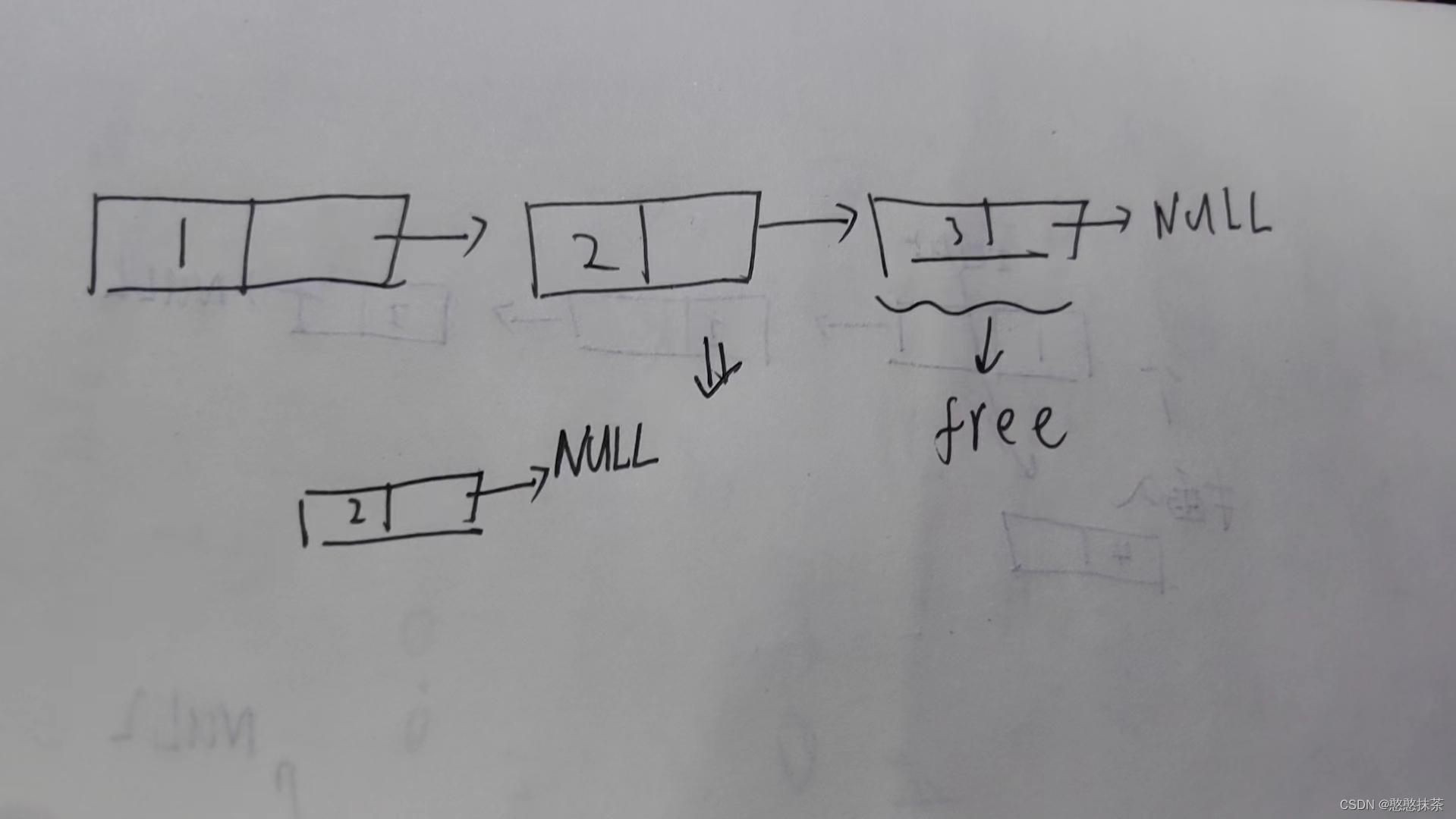
后删同样需要考虑没有节点,没有节点当然删不了啊,还有只有一个节点,我们需要直接将这个节点直接释放,然后等于NULL
void SLPopBack(SL** pphead)
{
assert(pphead);
assert(*pphead);
SL* tail = *pphead;
//一个也没有
assert(*pphead);
//一个节点
if ((*pphead)->next==NULL)
{
free(*pphead);
*pphead = NULL;
return;
}
//多个节点
while (tail->next->next != NULL)
{
tail = tail->next;
}
free(tail->next);
tail->next = NULL;
}7.前删
void SLPopFront(SL** pphead)
{
assert(pphead);
assert(*pphead);
SL* tail = *pphead;
*pphead = (*pphead)->next;
free(tail);//tail是SL* tail=&SLList;
}8.任意位置前插
我们需要先找到该位置,然后在与前面前插后插同样方法进行插入
SL* pos = SLFind(SLList,2);
SLInsert(&SLList,pos,20);//前插
SLPrint(SLList);SL* SLFind(SL* pphead, SLDataType x)
{
assert(pphead);
SL* tail = pphead;
while (tail->x != x)
{
tail = tail->next;
}
return tail;
}
void SLInsert(SL** pphead, SL* pos, SLDataType x)
{
assert(pphead);
assert(pos);
SL* tail = *pphead;
SL* newcode = (SL*)malloc(sizeof(SL));
if (newcode == NULL)
{
perror("SLInsert fail");
}
while (tail->next != pos)
{
tail = tail->next;
}
newcode->next = tail->next;
newcode->x = x;
tail->next = newcode;
}9.任意位置后插
SL* pos = SLFind(SLList,2);
SLInsertBack(&SLList, pos, 30);//后插
SLPrint(SLList);void SLInsertBack(SL** pphead, SL* pos, SLDataType x)
{
assert(pphead);
assert(pos);
SL* tail = *pphead;
SL* newcode = (SL*)malloc(sizeof(SL));
if (newcode == NULL)
{
perror("SLInsertBack fail");
}
while (tail != pos)
{
tail = tail->next;
}
newcode->next = tail->next;
newcode->x = x;
tail->next = newcode;
}10.删除
SL* pos = SLFind(SLList,2);
SLErase(&SLList, pos);
SLPrint(SLList);
void SLErase(SL** pphead, SL* pos)
{
assert(pphead);
assert(pos);
SL* tail = *pphead;
if (pos == *pphead)
{
SLPopFront(pphead);
return;
}
while (tail->next != pos)
{
tail = tail->next;
}
tail->next = pos->next;
free(pos);
}11.修改
pos= SLFind(SLList, 3);
SLModify(&SLList, pos, 50);
SLPrint(SLList);void SLModify(SL** pphead, SL* pos, SLDataType x)
{
assert(pphead);
assert(pos);
SL* tail = *pphead;
while (tail != pos)
{
tail = tail->next;
}
tail->x = x;
}12.打印
void SLPrint(SL* pphead)
{
SL* tail = pphead;
while (tail != NULL)
{
printf("%d->", tail->x);
tail = tail->next;
}
printf("NULL\n");
}13.释放链表
void SLList_free(SL** pphead)
{
//定义一个指针变量保存头结点的地址
SL* pb = *pphead;
while (*pphead != NULL)
{
//先保存p_head指向的结点的地址
pb = *pphead;
//p_head保存下一个结点地址
*pphead = (*pphead)->next;
free(pb);
pb = NULL;
}
}






















